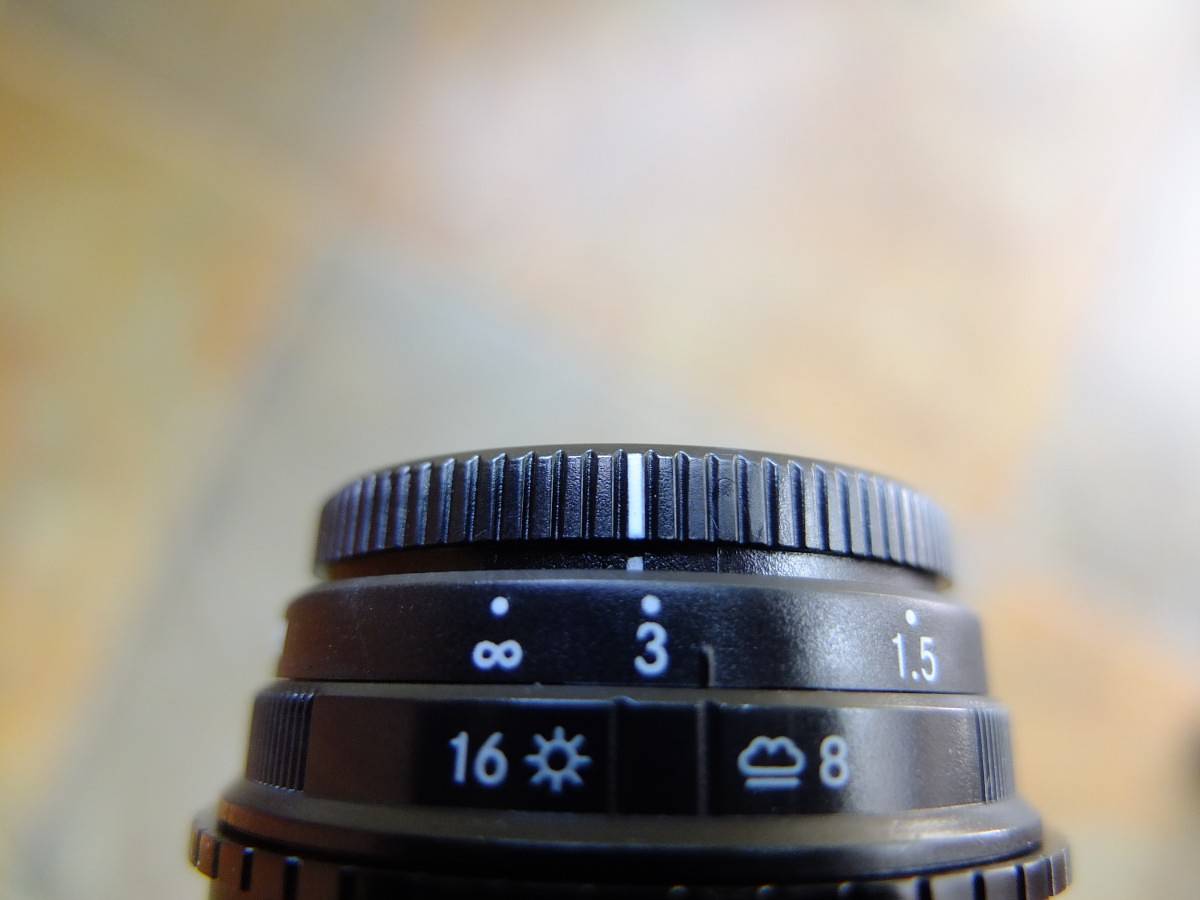Easy Distance Guessing at an Arm's Length
2 8 Share TweetYou’ve just ordered your new all-glass Belairgon 114mm lens and can’t wait to see some sharp results. In order to see those results, you’ll need to “focus” on this easy trick to (fairly) accurately guess distances from you to any object. In less than five seconds, you’ll be able to judge distances as good as any SLR lens.

How far away is that? This is a pretty common question for Lomographers. Fortunately, most Lomography cameras use a “zone focusing” system and knowing the exact distance to your subject isn’t that important.
Using precision lenses like the new all-glass Belairgon 114mm lens, however, demands a more accurate answer to this distance question. The Belair X 6-12 doesn’t have a rangefinder and the Belairgon uses a metric scale for setting the focus. How on earth are you going to ever realize the complete potential for this awesome camera/lens combination when you can’t correctly guess the distance from here to there?

Never fear, the answer to your distance guessing needs is but an arm’s length away from you. All you need are two eyes, one arm, and one thumb; preferably a thumb that is attached to the same arm. This little distance guessing trick isn’t perfect, but it does serve as a worthwhile “sanity checker” for verifying your focus setting on any Lomo camera.
Here’s how it works.
Derived from the general physical features of almost all human beings, your arm is roughly 10 times longer than the distance between your two eyes. By applying this distance scaling factor to some simple trigonometry, you can quickly and easily calculate distances from you. All you have to do is wink each eye while sighting your distant object along your extended arm and thumb. It can’t get much simpler than that, right? So let’s make a quick test with an object that is across the room.
For example, let’s find out how far a set of French doors is away from you across the room.
1. Hold your arm out in front of you. Make a fist and point your thumb up in the air (i.e., “thumb’s up”).
2. Close the eye that is opposite your extended arm, sight down your arm, and align one edge of your thumb with the side of the door frame.

3. Don’t move your head, thumb, or arm and now open your closed eye and close the other eye. Your thumb should move or “jump” sideways from the sighting that you made in Step 2.

Got it? Now make a judgment of how far your thumb traveled away from the door’s frame. Let’s say our thumb moved 13 inches.

This is where it gets little tough … we need to do some very simple math. Ugh; it’s easier than you think.
1. Multiply that distance moved on the door by our previously stated arm length-versus-eye distance value of 10 [ Remember: your arm length is 10 times the distance between your eyes]. The result is 130 inches. [ NOTE: You must keep the same units of measure that you used in judging the distance traveled by your “jumping” thumb. In this case, we used inches.]
2. Convert this distance to meters by multiplying by the inches-to-meters conversion factor of 0.0254. Therefore, the final answer is 3.3m.

Yes, you can use meters for measuring the distance jumped by your thumb and eliminate Step 2 from your calculation. Once I’ve obtained my distance in meters, I can focus my Belairgon to 3m and take a photograph of my doors. And that’s all there is to it.
Before you start snapping the shutter, however, you should verify your distance guessing game process with an accurate tape measure. For example, in our door example problem, I measured the actual distance from my camera to the doors as 133 inches or 3.4m. In adequate lighting, the Belairgon’s f/16 aperture should be able to maintain a crisp focus through my 3-inch error. Greater distance variations could be a problem in low light situations. Therefore, test and verify your “eyeball” distance approximations a couple of times before you take your Belair guessing game on the road.

Final Math Conversion Tips
Remember, when converting inches to meters use 0.0254 as your conversion factor. Likewise, when converting feet to meters use 0.3048 as the conversion factor. Or, just use meters for your initial estimations and eliminate the units of measure conversion step altogether. Just watch out who your winks and thumb’s ups are being aimed towards. Someone might think you’re testing a new mobile Facebook feature and “like” you with a slap to the face!
Get ready to take your Belair exploration to a new level! With the Belairgon 114mm f/8 Lens, you are sure to get unbelievably sharp photos with narrow depth of field. This premium 114mm glass lens is a perfect match to your Belair X 6-12.
written by themindseye on 2013-07-18 #gear #tutorials #camera #tutorial #lens #distance #tipster #focus #belair #belairgon
















2 Comments